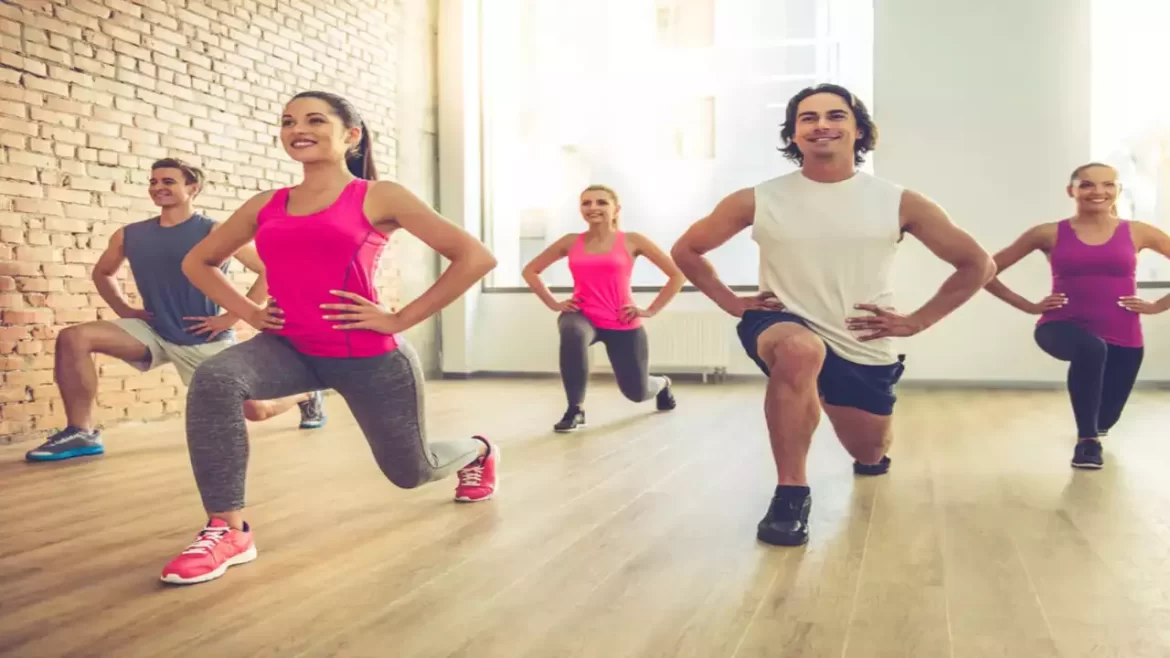Want to break a sweat with the hot trainer here or get your body beach-ready there? There’s nothing new about the allure of fitness fads. In fact, they can be almost as ubiquitous as the buff bodies that serve as their ambassadors. But there are many new alternatives that will broaden your workout horizons.
Pole dancing, backing to previous days of strip clubs has transformed into an effective training in strength training that will boost muscle tone and confidence. Likewise, trampoline fitness is said to significantly enhance a person’s balance and coordination.
Functionality
As trainers, coaches and exercise physiologists, we’re broadening our perspectives of wellness, and functional fitness workouts are helping us get there. By imitating daily movements, functional fitness workouts give extra purpose to a Strength and Endurance session – and, in particular, provide support to an all-encompassing wellness approach.
Where once he was helping clients ‘get jacked’ or ‘shake like the Arnold’, David’s practices have expanded to assisting clients improve their quality of life: making it easier to do day-to-day tasks such as walking or carrying shopping bags, rather than lifting heavy weights out of pride or vanity.
Then, gyms are becoming open and inviting spaces by redesigning lay-out and equipment to be inclusive and diverse: bringing group training, including open gym set-ups with a sense of community in line and mindset, into the facility; having machinery that can be used by all members, regardless of ability (such as Eleiko’s rigs, which means it’s possible to use a single piece of equipment with multiple users at the same time – dynamic group workout to further build comradeship and holding gymgoers mutually accountable to one another).
Sustainability
In line with this global trend of taking in more environmental knowledge, today’s Gymgoers purchase organic clothing made with sustainable manufacturing processes, water bottles with less of an impact on nature, and choose to pursue movements at the gym that require a minimum amount of equipment and enable the body to work to its capacity with maximum functionality rather than developing muscularity.
And fitness companies have begun to evolve, introducing products such as the Aqua Training Bag, an air-resistance punch bag that does not rely on synthetic materials, and the WaterRower, which is powered by the natural energy that water contained within the rower expends to power your workout. Even the traditional gym is beginning to see the light, with new green establishments harnessing renewable energy and constructed from eco materials.
Along with environmental goodness, this approach recognises that holistic wellness involves mental and emotional wellness too, with rest and recovery – meditation or mindfulness, for example – as well as workouts and nutritional protocols such as the role that food plays in muscle repair and general wellness.
Creativity
Never before has creativity been so crucial to fitness. Entrepreneurs who have prospered in the brave new post-pandemic world are embracing this once-in-a-disaster opportunity to develop novel products and experiences for their customers.
Rowing machines such as Aviron let you participate in live games when you’re working out, such as Zombie Apocalypse or Joes vs Pros, while gyms are being reported to use weighted hula hoops and reverse running as part of group classes that will make for good water-cooler chit-chat.
Apps such as Calm and Headspace are increasingly using music to create the soundscape for guided meditation sessions, and mindfulness-based physical fitness grows with workouts such as those offered by Third Space, which provides sound baths as part of their workout settings, and along with Hero Training Club, which enables customers to book counselling in addition to boxing classes.
Community
For many, fitness is a social activity. Group fitness workouts and smart equipment play to people’s need for flexibility while helping to build communities of like-minded people that will keep them engaged, motivated and accountable for getting fit.
For others, the pandemic led to the explosion of these topics, but that will continue. Wearable exercise devices were remaining at No 2 for the year and will certainly remain relevant as people learn to use their new machines and put together customised workout programmes for themselves.
And outdoor activities have also started to grow in popularity as people shift towards a full-body fitness ideology that includes learning how to listen to the body again and putting away the emphasis of shaping the body to instead focusing on feeling neutral about the body and what it can do, in addition to mindfulness and meditation practices that centre a healthy mind; and more people are demanding representation and inclusion from the fitness industry, led by those who understand more about lived experiences.




